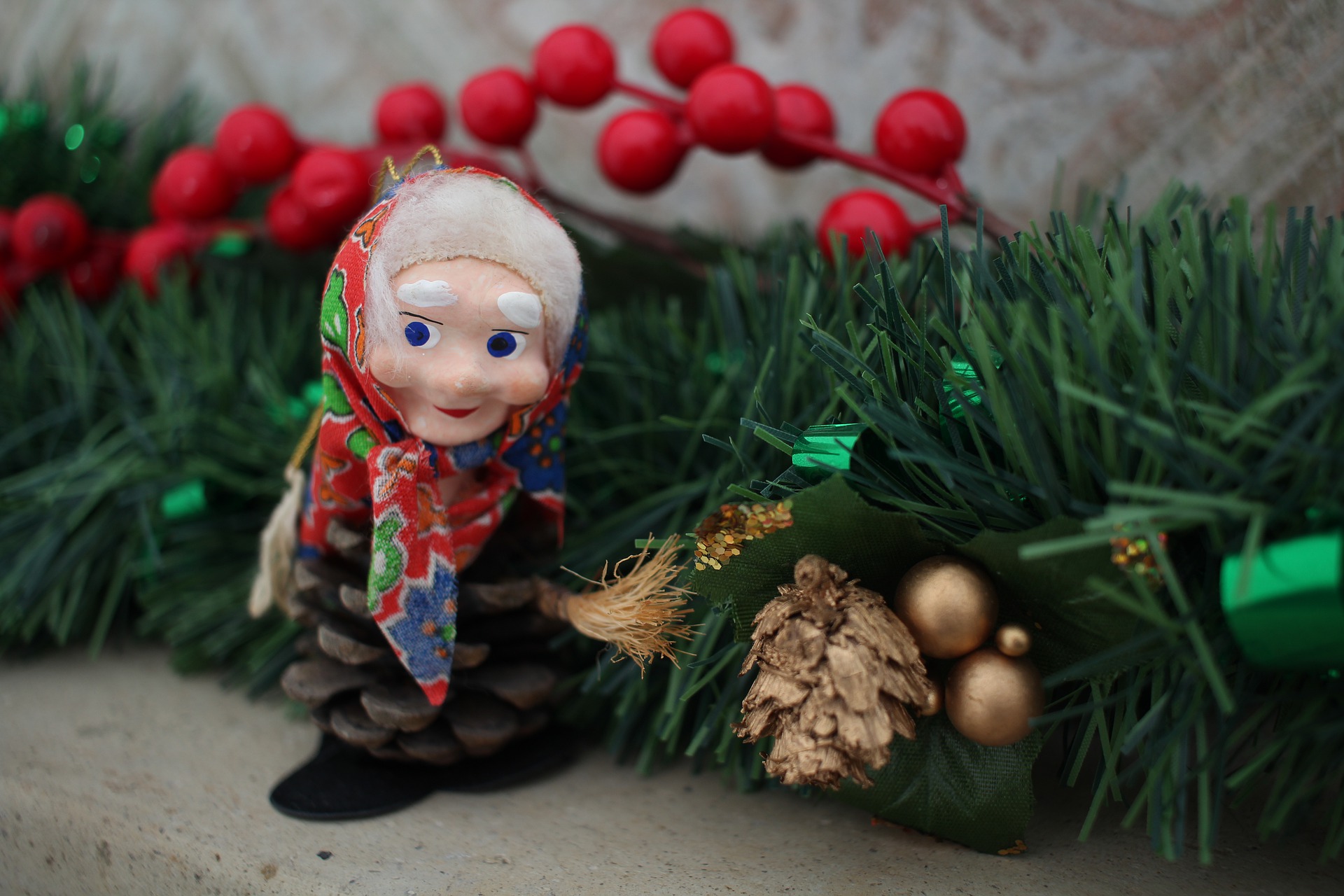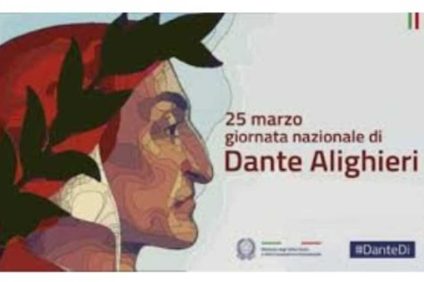Epiphany takes away all holidays. So goes the ancient popular proverb about the last holiday expected after Christmas and New Year. The Epiphany, celebrated on January 6 according to the Gregorian calendar, corresponds to the manifestation of the divinity of Jesus to the Three Magi visiting Bethlehem and to the ancient figure of the Befana. Raise your hand if you don't remember the famous nursery rhyme "The Befana who comes at night with all broken shoes with patches on the petticoat: Long live the Befana!»
Epiphany - origin and legends
In the collective imagination, the figure of the Befana is remembered with a long and flared skirt, an apron full of pockets, a shawl, a handkerchief to gather the hair, a pair of worn slippers and colored patches to liven up the ensemble. A fascinating character, who survives and resists across the ages. The term Befana derives from Epiphany (from the Greek epifáneia), from a corruption that can be traced in the words bifanìa and befanìa. The origins of the festivity presumably have a pagan nature and coincide with the period of winter solstice. In fact, a legend about the Epiphany sees one of the seven Kings of Rome as the protagonist.
Numa Pompilius, during the winter solstice, used to put a sock in a cave to receive the gifts of a Nymph. With the advent of Christianity, the Epiphany took on a totally different meaning. (Coal, which symbolized renewal, also came to mean the punishment for children who did not behave well during the year.) A legend tells that the three Magi, unable to find the way to reach Bethlehem, asked an old woman for information and insisted that she accompany them. Despite the insistence, the Befana did not leave the house and then regretted the choice made. From that moment on, every 6 January, astride his broom, he brings sweets to the children.

Epiphany: all the curiosities about the party
In Italy, children are waiting to be able to open their sock full of delicacies. Homemade chocolate, candies, jams and biscuits. In Piedmont, for the Epiphany, the Fugassa d'la Befana, a round cake filled with sugared almonds. In the Veneto region, the traditional dish is made with stale bread and dried fruit: Caliper of the Befana. In Tuscany stockings are filled with Befanini, biscuits covered with colored grains and flavored with a drop of rum. Outside of Italy, such as in France, the Epiphany is called Le Jour De Rois or Fête des Rois. It is a special day in which to prepare a tasty typical dessert: Galette des rois, biscuit of the Kings. The puff pastry cake contains a little secret.
According to tradition, inside the biscuit hides a small bean or a small figure depicting a King. Whoever manages to find the little "treasure" becomes King for a day. Children in Spain, on the other hand, fill their socks with wheat and straw to feed the camels of the Magi. The next morning, inside the socks they find various sweets and biscuits. In Germany, especially in Bavaria, a typical custom is that during the night the boys go to mark the words KMB on the walls of the houses; the initials of the Three Kings and the number of the current year to welcome them and expect prosperity.






